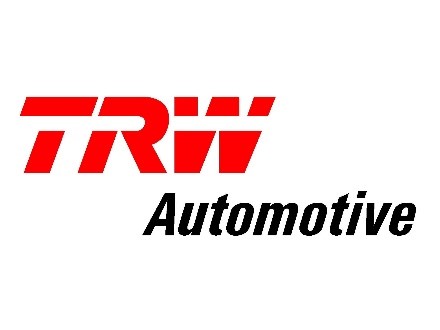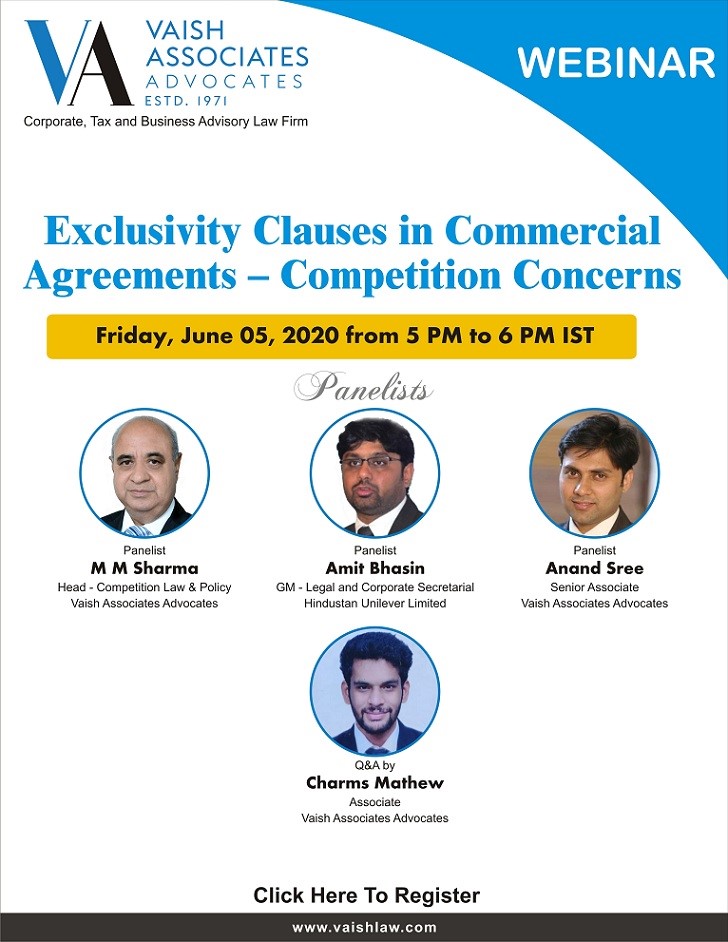Introduction
“Non-compete” obligations are frequently incorporated in M & A transactions to facilitate the effective implementation of a proposed combination. Non-compete obligations enable the Acquirer to secure complete benefit from the transferred assets (including tangible, and intangible assets such as know-how and goodwill). In the case of a joint venture, non-compete obligations prevent the parent companies from competing to the detriment of the business interests of the joint venture.
However, non-compete obligations can also raise potential anti-trust concerns, it being covenants that ultimately restrict or impede fair competition in the market. Mature competition law regimes usually permit the imposition of a non-compete obligation if it is ‘ancillary’ to a proposed combination i.e. directly related and necessary to the implementation of the combination.
In India, the Competition Commission of India’s (CCI) approach to the treatment of non-compete obligations has evolved gradually on a case to case basis, unlike in mature jurisdictions where competition agencies have issued guidance on the framework and approach for the assessment of non-compete obligations.
For example, in Europe, the Commission Notice on restrictions directly related and necessary to concentrations[1] (Ancillary Notice) provides clarity and guidance, inter alia, on the treatment of non-compete obligations. The Ancillary Notice clarifies when a non compete restriction can be considered to be directly related and necessary for the implementation of the concentration ( Para 18 to 26 ) . These clarifications have now finally been found useful by the CCI too in the Guidance Note (supra).
CCI decisional practice so far
The CCI’s views on non-compete obligations were espoused for the first time in Orchid Chemicals/ Hospira Healthcare[2] where the CCI observed that “non-compete obligations, if deemed necessary to be incorporated, should be reasonable particularly in respect of (a) the duration over which such restraint is enforceable; and (b) the business activities, geographical areas and person(s) subject to such restraint, so as to ensure that such obligations do not result in an appreciable adverse effect on competition.”[3]
In Mylan/Strides Acrolab[4], the CCI observed that the non-compete covenant “should cover only those products which are either being presently manufactured/sold or are under development, by the Target Enterprises”[5] thus widening the scope as to what constitutes a restrictive non-compete obligations.
More recently in Power and Energy International (Mauritius) Ltd[6], CCI vide its order dated 27.7.2016 found that the non-compete restrictions went beyond what was necessary for the implementation of the proposed combination.
However, uncertainty still existed as to the scope and ambit of such non-compete obligations. The CCI has therefore, in accordance with international best practices, issued a Guidance note on non-compete restriction (s)/ clause (s) (“Guidance Note”) to enable parties to a combination to achieve clarity and legal certainty with respect to the treatment of non-compete restrictions. The Guidance Note is, however, not binding on parties to a proposed combination and the standards laid down therein are not be applied mechanically.
General principles laid down by the Guidance Note
In accordance with international best practices, it has been laid down that a non-compete restriction in conformity with the principles set out in the Guidance Note would be deemed to be a “ancillary restriction” i.e. a restriction directly related and necessary to the implementation of the combination. Only such ancillary restrictions would be given approval under Section 31 of the Competition Act (‘Act’).
As per the Guidance Note, a non-compete restriction would amount to an “ancillary restriction” only if it is economically related to the main combination and is intended to allow a smooth transition to the post combination scenario. Further, any such non-compete restriction has to satisfy the standard of “necessity” (i.e. In the absence of such restrictions, the combination could not be implemented or could only be implemented under more uncertain conditions, at substantially higher cost, over an appreciably longer period or with considerably higher difficulty) and “proportionality” (i.e. The non-compete restriction should not exceed what is reasonably required. If equally effective alternatives are available for attaining the same objective, parties to a combination must have chosen one which is the least restrictive of competition) laid down by the Guidance Note.
Additionally, the Guidance Note also lays down the standard for the determination of “necessity” and “proportionality” which is determined by taking into account factors inter alia (i) duration (ii) subject matter and geographic field of application (iii) scope of application (iv) nature of business etc.
- Duration of non-compete restriction:
- Where there is a transfer of both goodwill and know-how: Justifiable for a period of only up to 3 years.
- Where only goodwill is transferred: Justifiable only for a period of 2 years.
- Longer duration of non-compete restrictions would be permissible only in limited circumstances and specific sectors/industries where customer loyalty persists for longer duration or the nature of know how transferred justifies an additional period of protection.
- Geographical scope of non-compete restriction:
Geographical scope of non-compete clause must be limited to an area in which the seller has offered the products or services before the transfer.
- Protection may also extend to those territories that the seller was planning to enter at the time of the transaction, provided that the seller has already invested in such a move. No protection to acquirer where the seller has not previously operated.
- In case of joint venture, geographical scope of a non-compete should be limited to where the parents were operating before establishing the joint venture or planning to enter (investments evidencing such intention has to be made).
- Where a joint venture is set up to enter new market, scope of non-competition clauses can be extended to the products, services and territories in which the JV is supposed to operate subsequently.
- Scope of application of non-compete restriction:
Non-compete obligation must be restricted to the products/services which comprise the main activity of the transferred business/enterprise or the JV which may include improved versions or updates of the products as well as successor models.
- Also includes products/services at an advanced stage of development at the time of the combination or products which are fully developed but not marketed yet.
- Non-compete obligation to bind only seller, subsidiaries and agents or on controlling shareholders of an enterprise.
- Clauses which limit the vendor’s right to purchase or hold shares in a competing enterprise is permissible. However, an acquisition made purely for investment purposes are excluded.
- Conclusion
The Guidance Note provides much needed clarity on the scope and ambit of non-compete restrictions in M & A transactions. However, there is still remains uncertainty as to whether non-compete clauses which do not comply with the principles laid down by the Guidance Note constitute an ancillary restraint or not. It may be noted that the EU Ancillary Notice recognizes that exceptional circumstances may exist which may justify departing from the principles laid down by the Notice. It remains to be seen whether the CCI has also left some scope to maneuver even though the prelude to the Guidance Note states that specific circumstances of each case would be taken into consideration while assessing the combination.
Further, the Ancillary Notice provides for the self-assessment of the validity of non-compete restrictions based on the principles laid down by the Ancillary Notice. However, the Guidance Note does not state whether the CCI intends to quit assessment of non-compete restrictions.
[1] 2005/C 56/03
[2] Combination Registration No. C-2012/09/79
[3] Paragraph 10
[4] Combination Registration No. C-2013/04/116
[5] Paragraph 20
[6] C-2016/06/404







